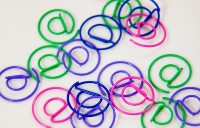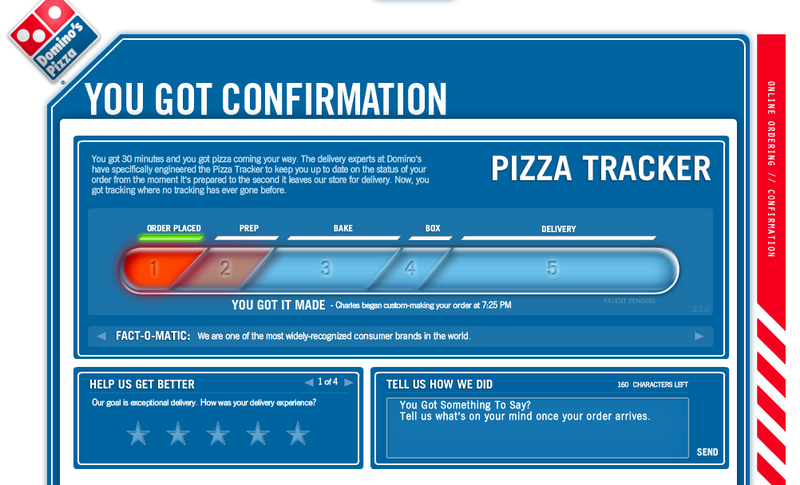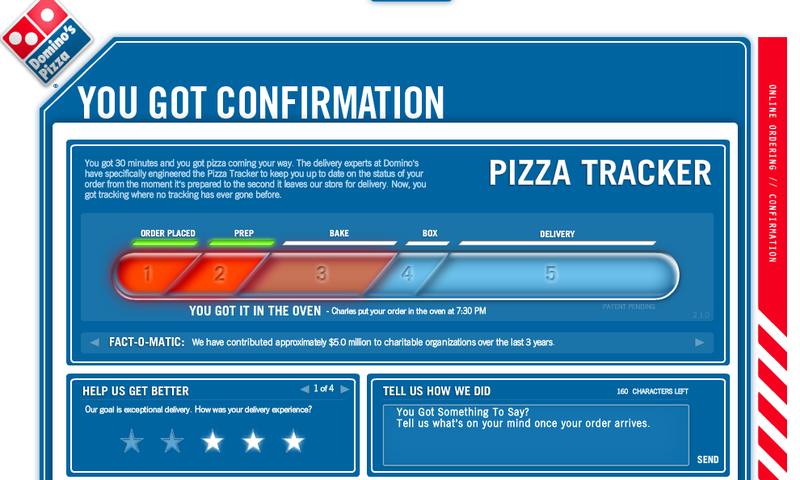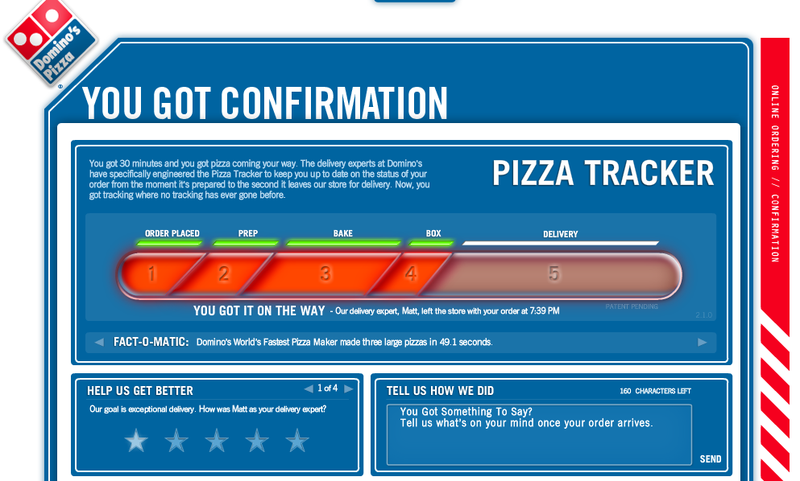I have been involved with a couple of very successful marketing campaigns that have included direct mail, e-mail, and website promotion for events and thus my interest in the email side of internet marketing. "We got Comcast to remove the block," says the post, "but when the client mailed their entire house file again, they triggered Comcast's filters again. Pivotal Veracity again had the block lifted, but, as you can imagine, something had to be done." The first step involved trimming the client's list to subscribers who demonstrated any post-signup activity, such as making a purchase or clicking on a link. You can guess what happened next: another block. Finally, the client decided to focus only on subscribers who had made a purchase. "This strategy has consistently yielded 100% inbox delivery," says the EEC. "Emailing 'less' was the difference between $0 and generating a return on investment from their Comcast subscribers, which are a significant portion of their file," the EEC concludes. The Po!nt: Trim that list. In today's world of email marketing, be prepared to routinely face the pragmatic choice between reaching some customers—and reaching no customers at all. Source: Email Experience Council. Read the full post here.
Both events had 50 people attend and we sent emails to 300 people each time. Click here for more details of my success.
This advice comes from MarketingProfs.com:When Less is More
 You've crossed all your marketing t's and dotted all your best practices i's with a relevant, enticing offer sent only to subscribers who opted in to your campaigns. You're anxious to see how well the offer performs, but then you learn a major ISP has blocked your IP address because of spam complaints. An entry at the Email Experience Council blog details just such a scenario, as experienced by a client of Pivotal Veracity.
You've crossed all your marketing t's and dotted all your best practices i's with a relevant, enticing offer sent only to subscribers who opted in to your campaigns. You're anxious to see how well the offer performs, but then you learn a major ISP has blocked your IP address because of spam complaints. An entry at the Email Experience Council blog details just such a scenario, as experienced by a client of Pivotal Veracity.

Two research reports show sales in the segment shot up more than 13% last year, and experts predict the growth to continue.
Mintel, Chicago, cites a 13.2% increase in the sector to $11.5 billion last year. Technomic, Chicago, pegs growth at 13.3% and estimates the category to be around $17 billion.
Why is the sector thriving in a so-so economy? Partially, it's because of demographics. Fast casual benefits from having a younger consumer base that has more discretionary income. At the same time, it attracts a more affluent audience. "There is at least equal or greater likelihood of use among higher income household adults," said David Morris, senior research analyst at Mintel.
The category is stealing baby boomers from their fast food rivals, said Jeff Davis, president of Sandelman & Associates, Villa Park, Calif. "As baby boomers age, they still like that fast food occasion, but they also want a slightly better experience, and so, marketers are exploiting that niche."
Another reason for the segment's success is the fact that its price points aren't that much of a turnoff for consumers who are shying away from sit-down casual dining restaurants, which tend to be more expensive once you factor in tips for the wait staff. Plus, some fast feeders' fare, like Angus burgers, are close in price to their fast casual rivals. Nonpremium offerings have also gotten more expensive because of rising commodity and fuel costs.
Burger King raised prices by 2.4% in May. The home of the Whopper's shares then fell 7% in New York Stock Exchange trading through the quarter ending June 30.
"Prices are on the rise, so it's not particularly more expensive to go to a Panera than it is to go to McDonald's. They're pretty close in price," said Darren Tristano, evp at Technomic.
Nevertheless, both BK and rival McDonald's still continue to push value-driven TV advertising, such as BK's "reverse pickpocket campaign." It shows the King putting money back in consumers' wallets.
In response, fast casual chains like Boston Market are running ads saying their fare also is value-driven.
Last month, for instance, Boston Market launched a TV push touting "Meal Size Deals." The spots, via CCT, Denver, promote Boston Market's rotisserie chicken, which come in nine of the 11 meals, all of which sell for $5. Tagline: "Boston Favorites. A better meal for $5."
Boston Market research shows that consumers experienced a 6% higher recall rate when the company marketed its staple product with a value-oriented TV message.
"What we've found is that $5 is a price point consumers really respond to," said Boston Market rep Angela Procter. Sun Capital Partners acquired Boston Market from McDonald's last year.
This is not to say that fast casual is immune to the economic pinch.
David Craven, marketing director at Qdoba, said the burrito chain estimates prices have spiked anywhere from 2-4% across the board for all menu items.
"Like everyone else, we have felt the impact of the economy. People across the board are cutting out dining occasions," he said.
Despite the reports, Wendy's rep Bob Bertini said quick-serve restaurants still have the edge in the "fast" part of the fast casual/fast food equation. Bertini said about 70% of Wendy's business is via the pick-up window.
"People are on the go and they enjoy the convenience factor that our restaurants provide," he said. "This gives us a competitive edge over others in the food industry."


 by Karl Greenberg
by Karl Greenberg  by Karlene Lukovitz
by Karlene Lukovitz 












 Universal Orlando launched a TV spot in Florida to promote its 18th annual Halloween Horror Nights, which is held on both Coasts. The new "scharacter" making her debut this year is none other than Bloody Mary. You know the urban legend: Say her name three times while looking in a mirror, and she makes an appearance. The ad begins with a frightening Bloody Mary sitting at her vanity table and beautifying herself. She cleans off her mirror, sees the reflection of a young man who's chanting her name, and breaks on through to the other side of the mirror. I have to admit, the ad scared me, until it concluded with a shill for Coke Zero.
Universal Orlando launched a TV spot in Florida to promote its 18th annual Halloween Horror Nights, which is held on both Coasts. The new "scharacter" making her debut this year is none other than Bloody Mary. You know the urban legend: Say her name three times while looking in a mirror, and she makes an appearance. The ad begins with a frightening Bloody Mary sitting at her vanity table and beautifying herself. She cleans off her mirror, sees the reflection of a young man who's chanting her name, and breaks on through to the other side of the mirror. I have to admit, the ad scared me, until it concluded with a shill for Coke Zero.  The Magazine Publishers of America launched a trade print and online campaign that screams, not only is print alive, but print ads drive consumers to search online. It doesn't mean purchases are being made, however. The print component of "Under the Influence of Magazines" shows three brand loyalists surrounded by their favorite products: Adidas, Häagen-Dazs and MINI Cooper. See the ads
The Magazine Publishers of America launched a trade print and online campaign that screams, not only is print alive, but print ads drive consumers to search online. It doesn't mean purchases are being made, however. The print component of "Under the Influence of Magazines" shows three brand loyalists surrounded by their favorite products: Adidas, Häagen-Dazs and MINI Cooper. See the ads  British Airways launched three print ads using the artwork from three New York illustrators to comically promote its latest Club World campaign. "A more civilized way to bring someone along," read the ads that offer a complimentary companion ticket when consumers fly Club World. My favorite of the three ads, seen
British Airways launched three print ads using the artwork from three New York illustrators to comically promote its latest Club World campaign. "A more civilized way to bring someone along," read the ads that offer a complimentary companion ticket when consumers fly Club World. My favorite of the three ads, seen  Does adding Italian opera music to the background of an ad for a hotel chain make the spot, which is one big fart joke, any more highbrow? Not really, but that didn't stop me from loving the 60-second ad for Extended Stay Hotels. That's also the amount of time it took for me to figure out what was being advertised. Residents of the hotel will feel so relaxed, that farting will be effortless, like it is when you're home. The people in the ad are so strong-winded that doors close, candles are extinguished, and flowers and bed sheets sway. "No place makes you feel more comfortable," concludes the ad,
Does adding Italian opera music to the background of an ad for a hotel chain make the spot, which is one big fart joke, any more highbrow? Not really, but that didn't stop me from loving the 60-second ad for Extended Stay Hotels. That's also the amount of time it took for me to figure out what was being advertised. Residents of the hotel will feel so relaxed, that farting will be effortless, like it is when you're home. The people in the ad are so strong-winded that doors close, candles are extinguished, and flowers and bed sheets sway. "No place makes you feel more comfortable," concludes the ad,  Blue Shield of California launched an outdoor display of life-sized statues stripped of both clothing and health insurance, to draw attention to the 6.7 million California residents who are uninsured. Forty statues, seen
Blue Shield of California launched an outdoor display of life-sized statues stripped of both clothing and health insurance, to draw attention to the 6.7 million California residents who are uninsured. Forty statues, seen  Fabio who? Airborne, the immune-system-boosting tablets, launched an amusing TV ad that introduces viewers to Sebastian, a hunky hero plucked from a romance novel, whose mission is to spread Airborne to those in need of a kick. Sebastian rides a horse, does squats, has unusually shiny hair, nice abs and is a do-gooder! He roams the present-day streets for run-down parents in need of energy. The ad closes with Sebastian slipping an Airborne into an unsuspecting woman's drink.
Fabio who? Airborne, the immune-system-boosting tablets, launched an amusing TV ad that introduces viewers to Sebastian, a hunky hero plucked from a romance novel, whose mission is to spread Airborne to those in need of a kick. Sebastian rides a horse, does squats, has unusually shiny hair, nice abs and is a do-gooder! He roams the present-day streets for run-down parents in need of energy. The ad closes with Sebastian slipping an Airborne into an unsuspecting woman's drink.  The latest ESPN ad promoting "Monday Night Football" features an ever-so-brief cameo from Erik Estrada. Make that a cameo of a framed picture of Erik Estrada. Good to see he's keeping busy. "Cubicles" follows a man returning to his office cubicle on Monday, dreading the week ahead of him, until he envisions a Monday night full of football, pizza and friends.
The latest ESPN ad promoting "Monday Night Football" features an ever-so-brief cameo from Erik Estrada. Make that a cameo of a framed picture of Erik Estrada. Good to see he's keeping busy. "Cubicles" follows a man returning to his office cubicle on Monday, dreading the week ahead of him, until he envisions a Monday night full of football, pizza and friends.  Apple launched a contextual ad on the New York Times Web site called "Editorial," where PC gets emotional. The latest ad from the "Get a Mac" campaign features PC moving an editorial column onto the site that discourages consumers from buying Macs. PC further stresses his point by making a series of angry faces, which only humor Mac.
Apple launched a contextual ad on the New York Times Web site called "Editorial," where PC gets emotional. The latest ad from the "Get a Mac" campaign features PC moving an editorial column onto the site that discourages consumers from buying Macs. PC further stresses his point by making a series of angry faces, which only humor Mac.  Dodge Journey launched a 60-second cinema spot this summer to promote its 2009 model. A group of friends drive to the top of a hilly, city street (San Francisco, maybe), unload the contents of their lone vehicle and erect a large waterslide. A crowd gathers to enjoy the festivities and businessmen in suits leave their offices to take a ride down the waterslide. Nothing like this ever happens outside my office.
Dodge Journey launched a 60-second cinema spot this summer to promote its 2009 model. A group of friends drive to the top of a hilly, city street (San Francisco, maybe), unload the contents of their lone vehicle and erect a large waterslide. A crowd gathers to enjoy the festivities and businessmen in suits leave their offices to take a ride down the waterslide. Nothing like this ever happens outside my office. 
 by Sarah Mahoney
by Sarah Mahoney  by Karl Greenberg
by Karl Greenberg 


 by Laurie Sullivan
by Laurie Sullivan  by Karlene Lukovitz
by Karlene Lukovitz  by Karl Greenberg
by Karl Greenberg 


 Radio ad revenues may be shrinking, but the audience isn't, according to the latest figures from America Media Services. The AMS Radio Index survey found that 64% of American adults listen to the radio once a day--essentially unchanged from 63% in last year's survey.
Radio ad revenues may be shrinking, but the audience isn't, according to the latest figures from America Media Services. The AMS Radio Index survey found that 64% of American adults listen to the radio once a day--essentially unchanged from 63% in last year's survey. 















